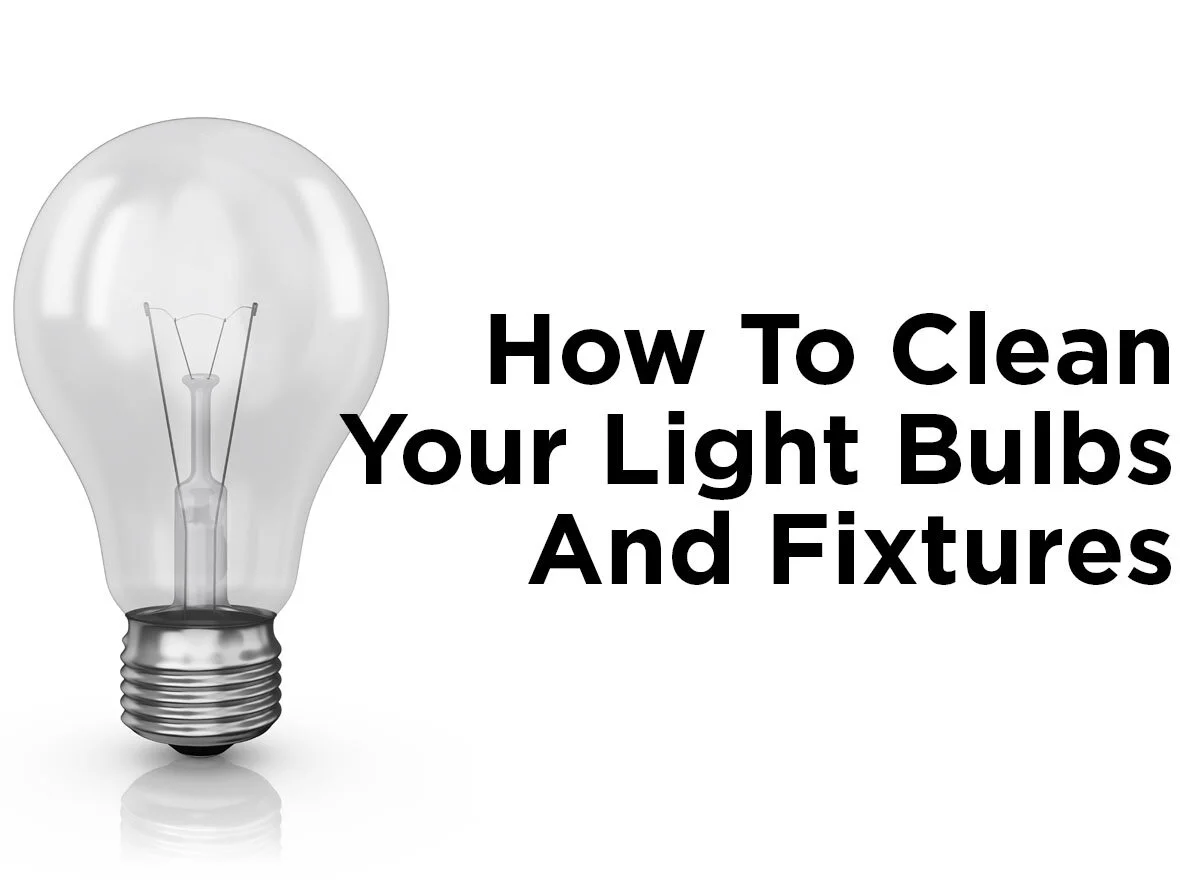Six Ways to Decorate Your Home with Light Bulbs
Incandescent light bulbs have long been the cornerstone of household lighting. Nonetheless, many are being removed from the market due to government energy regulations. While some people are upset about the restrictions of the EISA light bulb ban, we at 1000Bulbs.com are looking at the “bright” side of things: when life gives you lemons, make lemonade. If you have old bulbs that are no longer suitable light sources, why not make the most of them? Here are six ways to turn your old bulbs into useful, decorative staples in your home. NOTE: For most of these projects, you will need empty, filament-free light bulbs. Check out this video tutorial for how to hollow out your bulbs. Remember to use needlepoint pliers, a flathead screwdriver, goggles, gloves, and a safe grip!
1. Decorative Containers
Classic bulbs have simple constructions that allow them to easily double as vases or containers. The glass envelope is great for displaying items, and the base can function as a lid for storage purposes. Plus, you can stabilize your bulbs’ rounded exteriors with adhesive silicone bumpers or by mounting the bulbs on flat platforms. The only catch is that items have to be small enough to fit inside the neck of the bulb. Short flowers with thin stems, matches, kitchen spices, and small office supplies are just a few neat things you can store or display.
2. Crafts for Kids
Since light bulbs resemble an assortment of other shapes, they’re ideal to use in fun crafting projects with your kids. Using paint, fabric, hooks, and maybe even some googly eyes or pipe cleaners, you can turn your boring bulbs into bumblebees, snowmen, clown noses, ice cream cones, and more. Incandescent refugees of the light bulb ban also happen to be cheap and abundant, so if you mess up, there’s plenty more to play with!
3. Oil Lamps
Turning phased-out bulbs into their predecessors is certainly one way to make them more energy-efficient (haha). This clever repurposing is also easy to make: all you need is an empty bulb, perafin oil, a thick wick (with no wire inside), and a block of wood to mount your finished product to. Be sure to place your lamp on a stationary surface – obviously, if the lamp moves while it’s lit, it can be a fire hazard!
4. Centerpieces
If you happen to have smaller bulbs of similar sizes, you can make a nice light bulb centerpiece for your table. Old bulbs can still carry light – they just need a reliable light source, and candles are perfect for the job. Simply place your candle in a small, clear vase, place that vase inside a much larger vase, fill it with your bulbs, and voila! Now you have an eye-catching focal point for your dining room table.
Another great idea is using old standard-shape bulbs to create a twine-wrapped pear centerpiece. The process for this is also fairly simple. First you hot glue a tiny twig to the base of your bulb for the stem, then you tightly wrap the twine around the bulb, gluing it down as you go. Put your finished pears in a glass container, and you’ve got your new centerpiece!
5. Hanging Ornaments
If you have bulbs of different sizes, colors, and shapes, then you have the makings for a beautiful array of hanging ornaments. You don’t even have to be a master knitter, like in the photo to the right – you could simply use paint, markers, glitter glue, or whatever decorative elements you have at your disposal. Just have fun with it! The important part is that you have a variety of intricate glasswork to work with. Light bulb ornaments would look great hung from trees, above patios, or even from hooks in your wall or ceiling.
6. Terrariums
Turning an old bulb into a miniature terrarium is a less challenging task than you may think. With the right components and a few guidelines, you don’t even have to have a green thumb. All you need is sand or pebbles for your “ground,” tiny plants called Tillandsia (rootless air plants that don’t require much sunlight or watering), preserved moss, decorative elements, partial sunlight, and a small spritz of water every week or two. Do not use soil or live moss (neither will survive well in this environment) and don’t keep your terrarium in the dark or in full sunlight. And there you have it: an adorable, low-maintenance, living environment!
Have you ever repurposed any of your old light bulbs? Have any other ideas you’d like to share? Tell us in the comments or give us a shout on Facebook, Twitter, LinkedIn, or Pinterest!
Related articles
10 Clever Uses For Burned-Out Light Bulbs (huffingtonpost.com)








